In simple words, Anemia means iron deficiency. Anemia deprives the capacity of the blood to carry sufficient oxygen from the lungs to all body cells. Interestingly, anemia deficiency signs and symptoms can be confused with other diseases.
More commonly, you feel weakness, irregular heartbeat, tiredness, and fatigue. You may have also dizziness, concentration difficulties, shortness of breath and headache, insomnia, pale skin, brittle nails, cracks at the corners of the mouth and leg cramps.
SIGNS AND SYMPTOMS OF ANEMIA
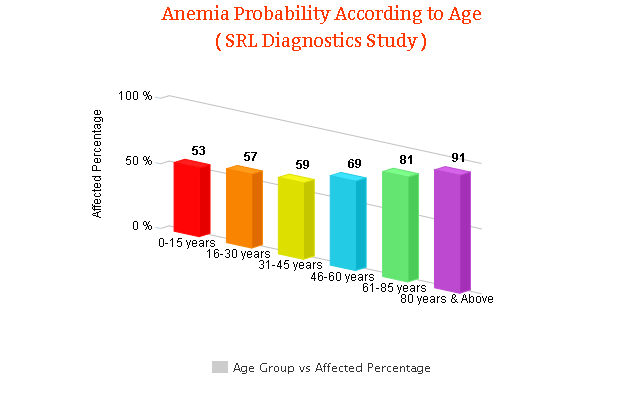
Anemia causes many kinds of problems however most people do not know that they are suffering from it. The possibilities of this disorder increase with the growing age. In fact, a recent study says that blood donation can also increase the risk of iron deficiency in female teens.
A low count of RBC (hemoglobin) in a human body makes irreparable damage to the body organ and systems.
The deficiency of RBC creates decreased oxygen flow across the body cells. As a result, symptoms like fatigue, yellowing of the skin, headache, irregular heartbeat, and breathlessness begin to appear.
Additionally, it can create symptoms like mood swings, short temper, and weakness.
WHO SUFFERS FROM ANEMIA
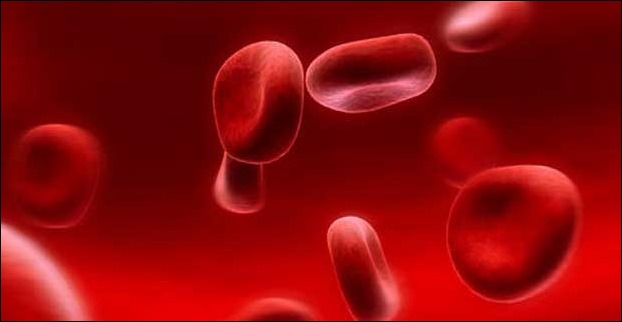
The accident victim, surgery patients, a bleeding ulcer or certain cancer patient, people with chronic bleeding, kidney problems and diabetes are at a higher risk for developing anemia. Besides, women tend to become anemic much more easily than men because of heavy menstrual periods.
In children, anemia is most commonly due to insufficient iron in the diet. Moreover, women with chronic dieters, distance runner, athletes especially female and people on a restricted vegetarian diet can have iron deficiency anemia.
And, pregnant women too are vulnerable to anemia because of the demands of the growing baby and placenta.
TYPES OF ANEMIA
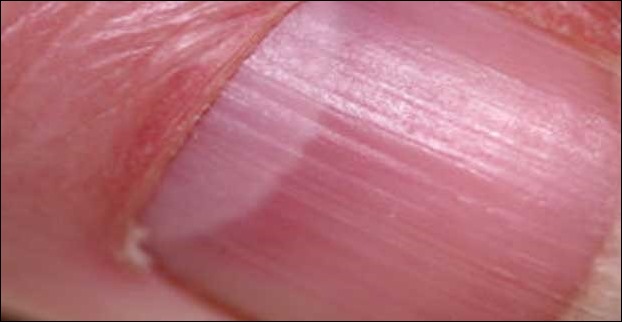
In fact, the most common type of anemia is due to iron deficiency, which is usually caused by blood loss.
Apart from iron deficiency anemia, there are other types of anemia like Hemolytic Anemia, which occurs when red blood cells are destroyed more quickly than normal. The reason behind it may be hereditary or one of the diseases, including autoimmune disorders, severe hypertension, abnormal spleen function, leukemia, and other cancers.
Moreover, there are also two rare types of anemia known as Thalassemia and Aplastic anemia. Thalassemia is an inherited disorder whereas Aplastic anemia is caused by infection, genetic disorder, exposure to toxic chemicals or radiation. Megaloblastic or Pernicious is another type of anemia which is caused by a deficiency of vitamin B12.
At the same time, deficiency of folate, a type of vitamin B can, too, cause anemia in pregnant women because they need extra folate for the developing fetus. Besides, elderly people and alcoholics also need extra folate.
HOW DOES VITAMIN B12 MAKE RED BLOOD CELLS
As a matter of fact, vitamin B12 is essential to make red blood cells. Your body must absorb enough vitamin B12. For absorption of vitamin B12, intrinsic factor, a type of special protein, is utmost necessary. The cells in the stomach produce this protein.
Hence, it is clear that if your stomach does not produce a sufficient amount of intrinsic factor, you can develop a B12 deficiency.
It is notable that one-third of older adults produce an insufficient amount of intrinsic factor, at the same time they can no longer absorb B12 from food properly.
Here, it is worth mentioning that vitamin B12 is found only in animal products. So, if you are a strict vegetarian, you are at risk and you must consume fortified foods and take also a supplement.
HOW MUCH IRON DOES A PERSON NEED?
To make new red blood cells, the human body recycles iron. The body loses an average of 1 mg for men and 1.5 mg for women during reproductive years.
Now that, the body absorbs a very small percentage of dietary iron hence, the Recommended Dietary Allowance (RDA) suggests to consume more than what is lost- 10 mg a day for men and non-menstruating women.
While menstruating or nursing women should receive about 15 mg of iron daily. And, pregnant women should take 27 mg of iron every day.
TOP SOURCES OF IRON
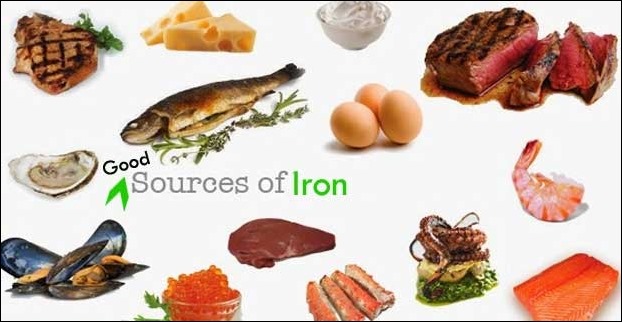
As mentioned earlier, the great sources of iron are animal products like fish, liver, lean meat, poultry, and egg yolks.
As a point of fact, the human body absorbs much more of the heme iron found in these foods rather than the nonheme iron found in plant sources like soy, dried fruits, green leafy vegetables, and iron-enriched cereals and bread.
Therefore, strict vegetarians should increase their intake of these foods because they are not completely absorbed by the body. Although, vitamin C enriched food to a plant-based food enhances the body’s absorption of nonheme iron.
Hence, whenever you eat iron-fortified foods, first of all, combine them with a source of vitamin C.
CONSUME PLENTY OF THESE FOODS
In order to correct anemia, you need a diet plan which contains iron-rich sources. Besides iron-rich food sources which we have listed below another most important one to be quoted here is the beetroot juice which has a very rich nutritional profile.
- Fish, organ meats, poultry, and egg yolks
- Raisins, dates, dried apricots, nuts, seeds, dried beans, and peas
- Good sources of vitamin C and citrus fruits especially orange juice, which increase the body’s iron absorption.
- Lentils, beans, green leafy vegetables, corn, asparagus and grains for folate.
9 Top Iron Sources for Anemia
1. Red Meat (Beef, Lamb)
Rich in heme iron that your body absorbs easily, making it one of the most effective foods to quickly boost iron levels and combat anemia.
2. Dark Leafy Greens (Spinach, Kale)
Packed with non-heme iron plus vitamin C and folate, these nutrient powerhouses support both iron absorption and healthy red blood cell production.
3. Liver and Organ Meats
Nature’s multivitamin containing the highest iron concentration of any food, plus B12 and folate to maximize your body’s ability to fight anemia.
4. Shellfish (Oysters, Clams, Mussels)
Exceptional sources of easily-absorbed heme iron that also provide zinc and B12 to support overall blood health and energy levels.
5. Legumes (Lentils, Chickpeas, Beans)
Budget-friendly plant-based iron sources that are also rich in fiber and protein, perfect for vegetarians looking to boost their iron intake naturally.
6. Fortified Cereals
Convenient breakfast option fortified with iron and other essential vitamins, making it an easy way to start your day with anemia-fighting nutrients.
7. Pumpkin Seeds
Crunchy, portable snacks loaded with iron, magnesium, and zinc that support healthy blood formation and can be easily added to meals or eaten on-the-go.
8. Dark Chocolate (70%+ Cacao)
Surprisingly iron-rich treat that satisfies cravings while providing antioxidants and minerals that support circulation and energy levels.
9. Tofu and Tempeh
Versatile soy-based proteins offering substantial iron content plus complete amino acids, making them excellent meat alternatives for plant-based anemia management.
FOOD INTAKE IN LIMITED QUANTITY
Swiss chard, spinach, collards, okra, quinoa, parsley, rhubarb, peanuts, and chocolate needs to be consumed in a limited quantity. This is because these foods have oxalates that can bind with iron making the body harder to absorb it.
YOGA FOR HEALING ANEMIA
According to Yoga gurus, Yoga is the best alternative, though for this you need to give some time to perform the Yoga postures on a daily basis.
Trikonasana, Sarvangasana, Surya Namaskar, Paschimottan Asana, Yoga Nidra and Shava Asana are some Yoga postures which should be included in the everyday regimen.
Also, Pranayama, Dhyana mudra, Gyan mudra and Prana mudra is also recommended for anaemia treatment.
In addition to these, there is also a significant way to get rid of anemia. For this, you should prepare your foods in iron pots and utensils. Because iron utensils increase the quantity of iron from food. For example, 120 ml of tomato sauce cooked in an iron pot provides 0.7 mg of iron.
Hence, proper food and the practice of pranayama and Yoga postures help you to cure anemia.
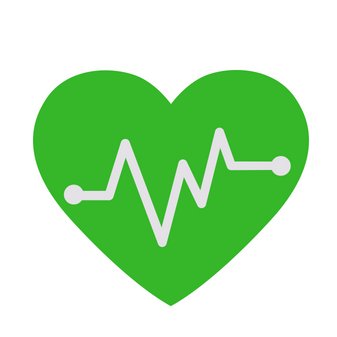
Lifebing is driven by an unrelenting passion for promoting health and well-being, our team is wholly committed to curating exceptional content and immersive experiences.
